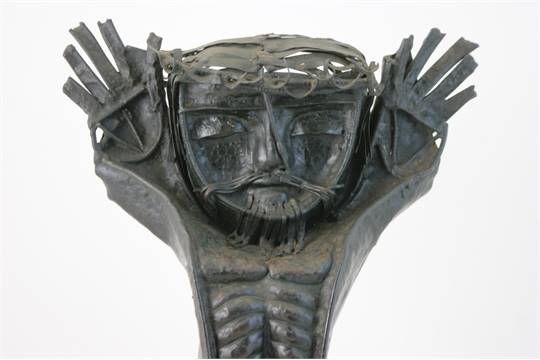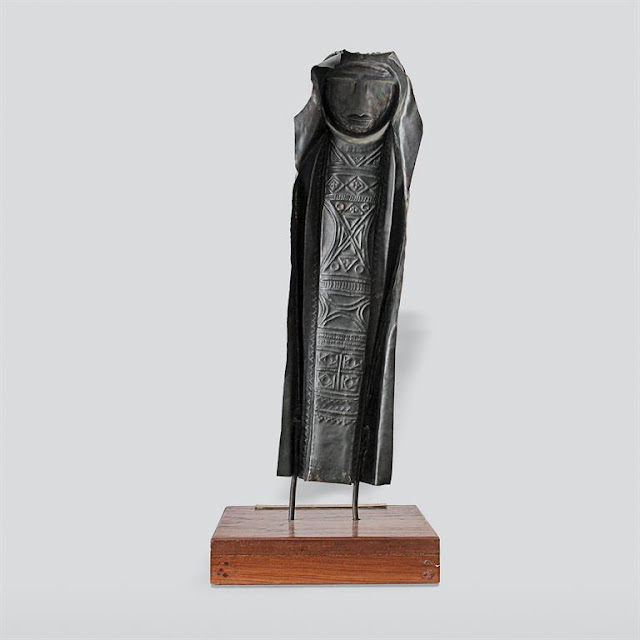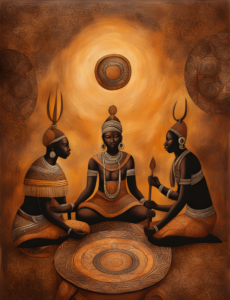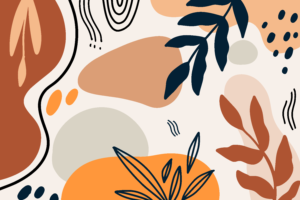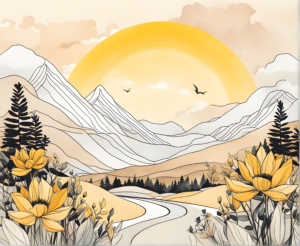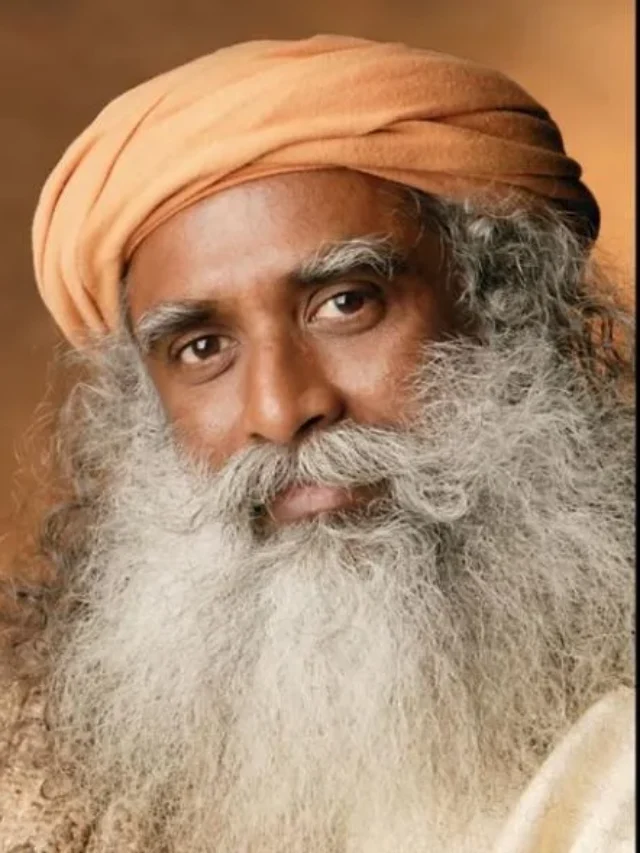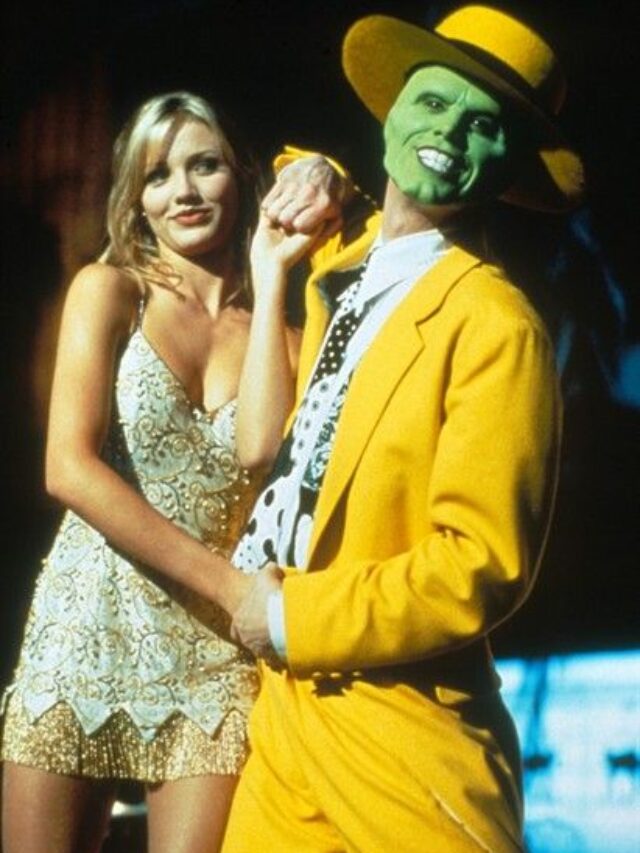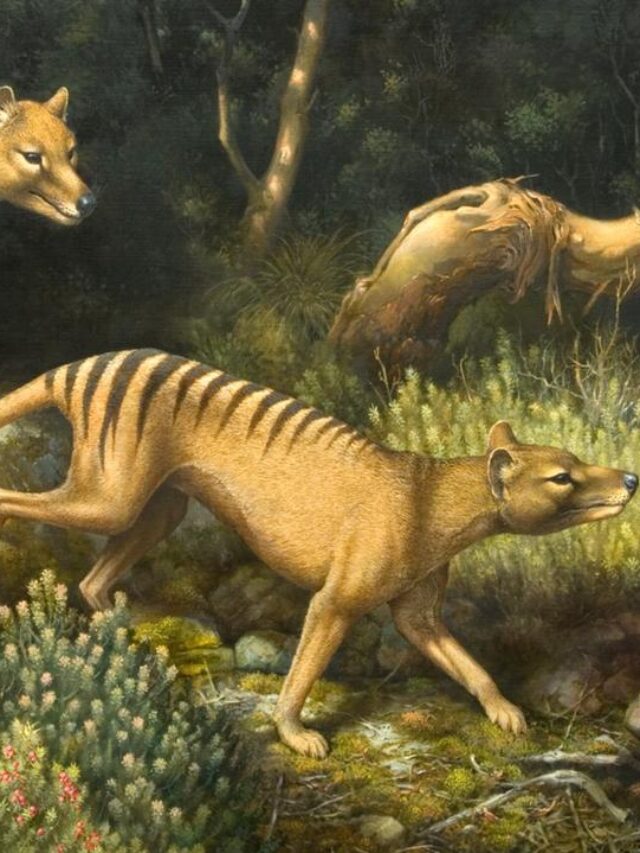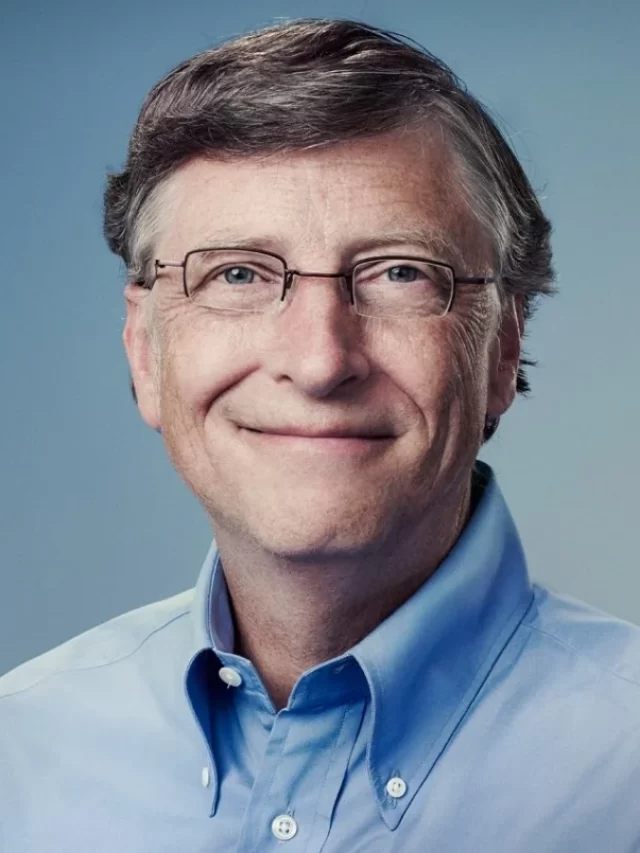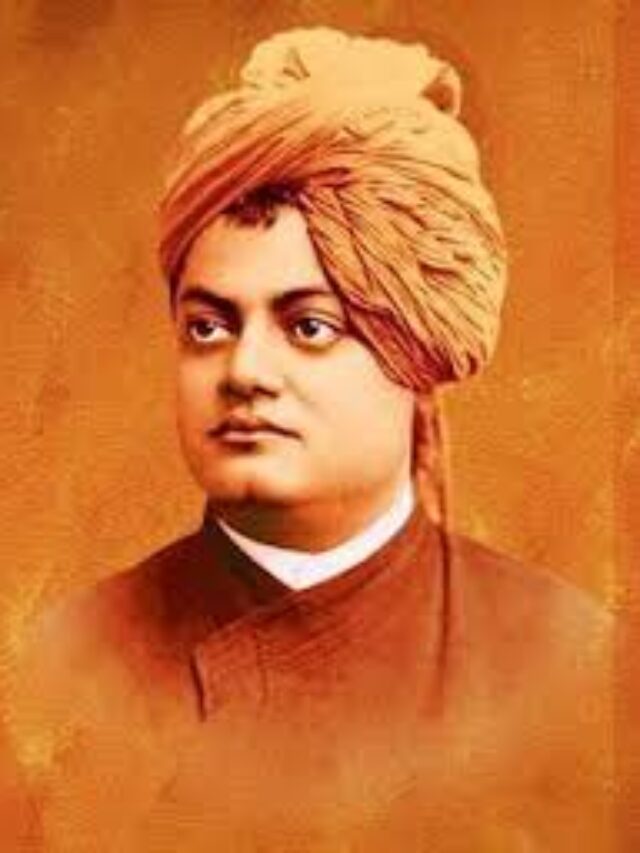P. V. Janakiram has perhaps taken over from where Bhagat left. In sculpture, particularly in the Indian tradition, the aspect of ‘frontality’ has been very important, both in a cave and temple sculpture.
Prompted by the situation and trends, Janakiram has chosen to create a pictorial sculpture in sheet-metal as free-standing forms and embellishing their surface with linear elements.
Their presentation bear the look of deities or incarnations with their details and signification.
Through their elaborately crafted frontality, Janakiram lends an apparent indigenous character to his sculptures. However, these details are not primary to the essential grasp of volume, and thus, to the intrinsic law of sculpture.
He freely used the ‘open-mindedness’ of his forms in characteristic indigenous workmanship. But then this was his achievement as well as his limit.
 |
| Durga (P. V. Janakiram) |
For, he was moving closer to the originals in the traditional imagery and their iconographic descriptions prescribed in the ancient disciplines.
His Krishna, Shakti, Ganesha, and Christ are some typical examples of his work of the 1970s. reveals his extraordinary ability in harmonizing elaborate linear details into the overall form.
1. Dadaism 2. Fauvism 3. Synthetic Cubism 4. What is Art 5. Minimalism 6. Philosophy of Art 7. Banksy’s painting 8. Graffiti 9. Facts about Paul Gauguin 10. Beginning of civilization 11.Famous Quotes by Pablo Picasso 12. Leonardo da Vinci quotes 13.George Keyt 14. Gulam Mohammad Sheikh 15. female influential Artist 16. Why did Van Gogh cut off his ear 17. The Starry Night 1889 18. most expensive paintings 19. The Stone Breakers 20. Vocabulary of Visual Art 21. Contemporary art 22. What is Digital Art 23. Art of Indus Valley Civilization 24. Essential tools and materials for painting 25. Indus Valley 26. PostImpressionism 27. Mesopotamian civilizations28. Greek architecture 29. Landscape Artists 30. THE LAST SUPPER 31. Impressionism 32. Prehistoric Rock Art of Africa 33. Hand Painted Wine Glasses 34. George Keyt
1.Proto- Renaissance: History and characteristics 2. HighRenaissance 3. KineticArt 4. Purism 5. Orphism 6. Futurism 7. Impressionism: A Revolutionary Art Movement 8. Post Impressionism 9 Fauvism | Influence on Fauvism 10. Cubism | Cezannian Cubism | Analytical Cubism | Synthetic Cubism 11. Romanticism 12. Rococo: Art, Architecture, and Sculpture 13. Baroque art and architecture 14. Mannerism 15. Dadaism: Meaning, Definition, History, and artists 16. Realism: Art and Literature 17. DADAISM OUTSIDE ZURICH 18. BAPTISM OF SURREALISM 19. OPART 20. MINIMALISM


